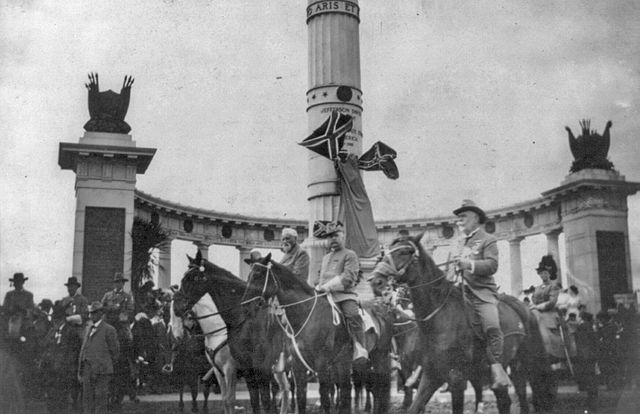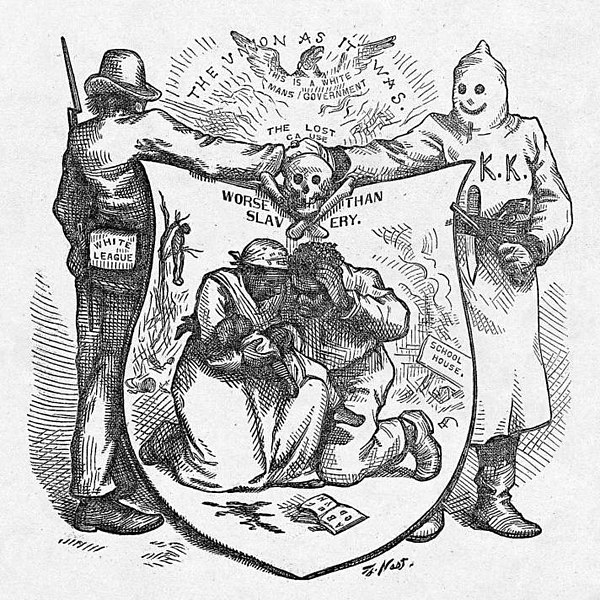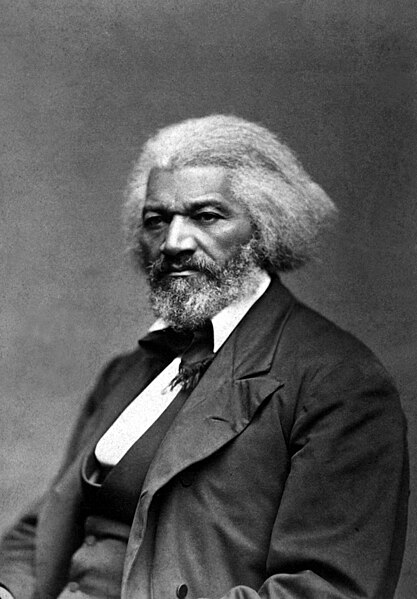Treatment of slaves in the United States
The treatment of slaves in the United States often included sexual abuse and rape, the denial of education, and punishments like whippings. Families were often split up by the sale of one or more members, usually never to see or hear of each other again. According to Time on the Cross - The Economics of American Negro Slavery by Drs. Fogel and Engerman, who used scientific methods, the cruelty of slavery has been exaggerated by historians.
Scars of Peter, a whipped Louisiana slave, photographed in April 1863 and later distributed by abolitionists
Bill of sale for the auction of the "Negro Boy Jacob" for "Eighty Dollars and a half" (equivalent to $1,675 in 2023) to satisfy a money judgment against the "property" of his enslaver, Prettyman Boyce. October 10, 1807. Click on the photo for complete transcription.
Abolitionist drawing showing enslaved people being tortured
Plantation slave cabins, South Carolina Low Country
Lost Cause of the Confederacy
The Lost Cause of the Confederacy is an American pseudohistorical and historical negationist myth that claims the cause of the Confederate States during the American Civil War was just, heroic, and not centered on slavery. First enunciated in 1866, it has continued to influence racism, gender roles, and religious attitudes in the Southern United States into the 21st century. Historians have dismantled many parts of the Lost Cause mythos.
Custis Lee (1832–1913) rode on horseback in front of the Jefferson Davis Memorial in Richmond, Virginia on June 3, 1907, reviewing the Confederate Reunion Parade.
Edward A. Pollard published several works about Lost Cause ideology. Those books have led to debates about the origins of the Civil War.
The image "The Union As It Was" was published in Harper's Weekly in 1874. On a pseudo-heraldic shield are a black family between a lynched body hanging from a tree and the remains of a burning schoolhouse, with the caption "Worse than Slavery". The supporters are a member of the White League and a hooded KKK member, shaking hands in agreement with the Lost Cause.
Frederick Douglass (c. 1879) opposed the erection of Confederate monuments.








